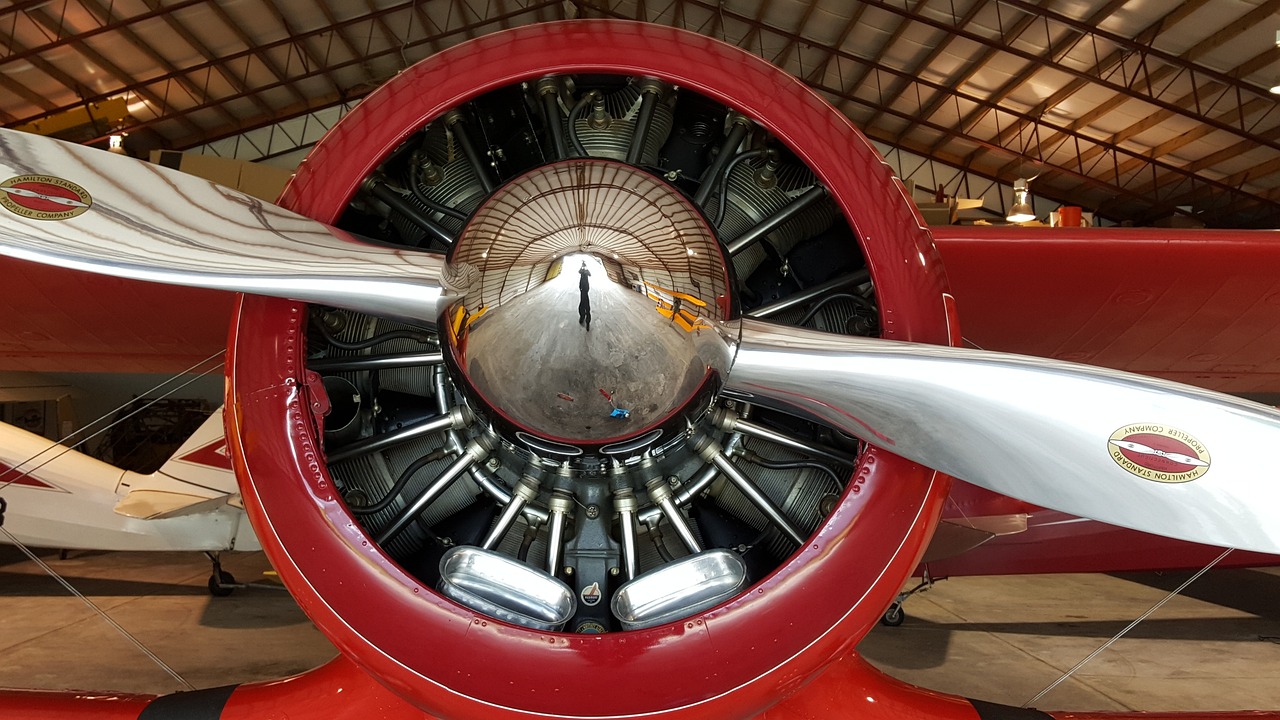
Air Motors are a type of pneumatic actuator that converts compressed air energy into mechanical energy to perform work. There are several types of air motors, each with its own unique characteristics and applications. Here are some common types: Comparing Air Motor Types: Vane, Piston, and Gear Motors:
Vane Air Motors
These motors use vanes to convert compressed air into rotational energy. They are simple, reliable, and can operate at high speeds. They are commonly used in applications such as tools, mixers, and pumps. The most common applications are:
- Hand-held power tools such as drills, grinders, and sanders
- Mixers and agitators for liquids and viscous materials
- Pumps for transferring fluids or gases
- Actuators for valve automation and control
- Food processing equipment such as mixers, blenders, and slicers
Pros:
- Simple and reliable design
- Can operate at high speeds
- Generates high torque
- Can be used in hazardous environments (no electricity required)
- Low maintenance and repair costs
Cons:
- Limited power output compared to other types of air motors
- May require additional lubrication
- Can be noisy during operation
- Not suitable for high-precision or low-speed applications
- Efficiency decreases at low speeds and under heavy loads
Piston Air Motors
These motors use pistons to convert compressed air into linear or rotational motion. They are highly efficient and can generate high torque at low speeds. They are commonly used in applications such as hoists, winches, and conveyor systems. The most common applications are:
- Hoists and winches for lifting heavy loads
- Conveyor systems for transporting materials
- Automation equipment for precision positioning and control
- Machine tools such as drills, saws, and presses
- Railroad equipment such as air brakes and door openers
Pros:
- High torque output at low speeds
- Can operate at high temperatures and in hazardous environments
- It is easy to control speed and direction of rotation
- Low maintenance and repair costs
- It can be used in a wide range of applications
Cons:
- Can be complex and expensive compared to other types of air motors
- May require additional lubrication and filtration
- High vibration during operation
- Limited speed range compared to other types of air motors
- May require additional components for precise control and positioning
Gear Air Motors
These motors use gears to convert compressed air into rotational motion. They are highly efficient and can generate high torque at low speeds. They are commonly used in applications such as mixers, grinders, and hoists. The most common applications are:
- Mixers and grinders for food and chemical processing
- Hoists and winches for lifting and pulling heavy loads
- Material handling equipment such as cranes and lifts
- Construction equipment such as concrete mixers and saws
- Packaging machinery such as filling and capping machines
Pros:
- High torque output at low speeds
- Compact and lightweight design
- Can operate in hazardous environments
- Low maintenance and repair costs
- It can be used in a wide range of applications
Cons:
- Limited speed range compared to other types of air motors
- Can generate high noise levels during operation
- May require additional lubrication and filtration
- Efficiency decreases at low speeds and under heavy loads
- May require additional components for precise control and positioning
For further insights and detailed technical information, consult the Pocket Guide to Air Motors by Atlas Copco.

